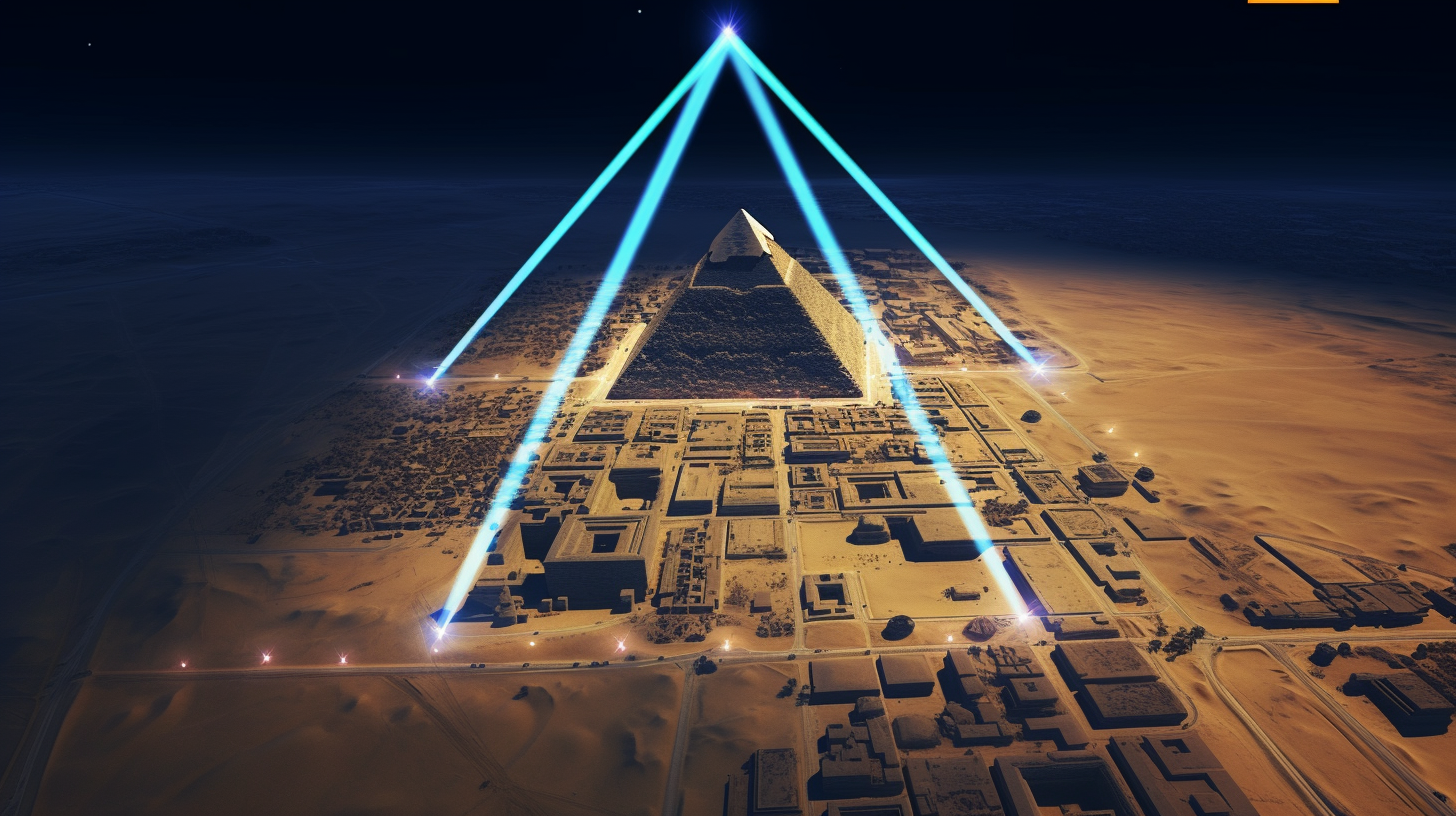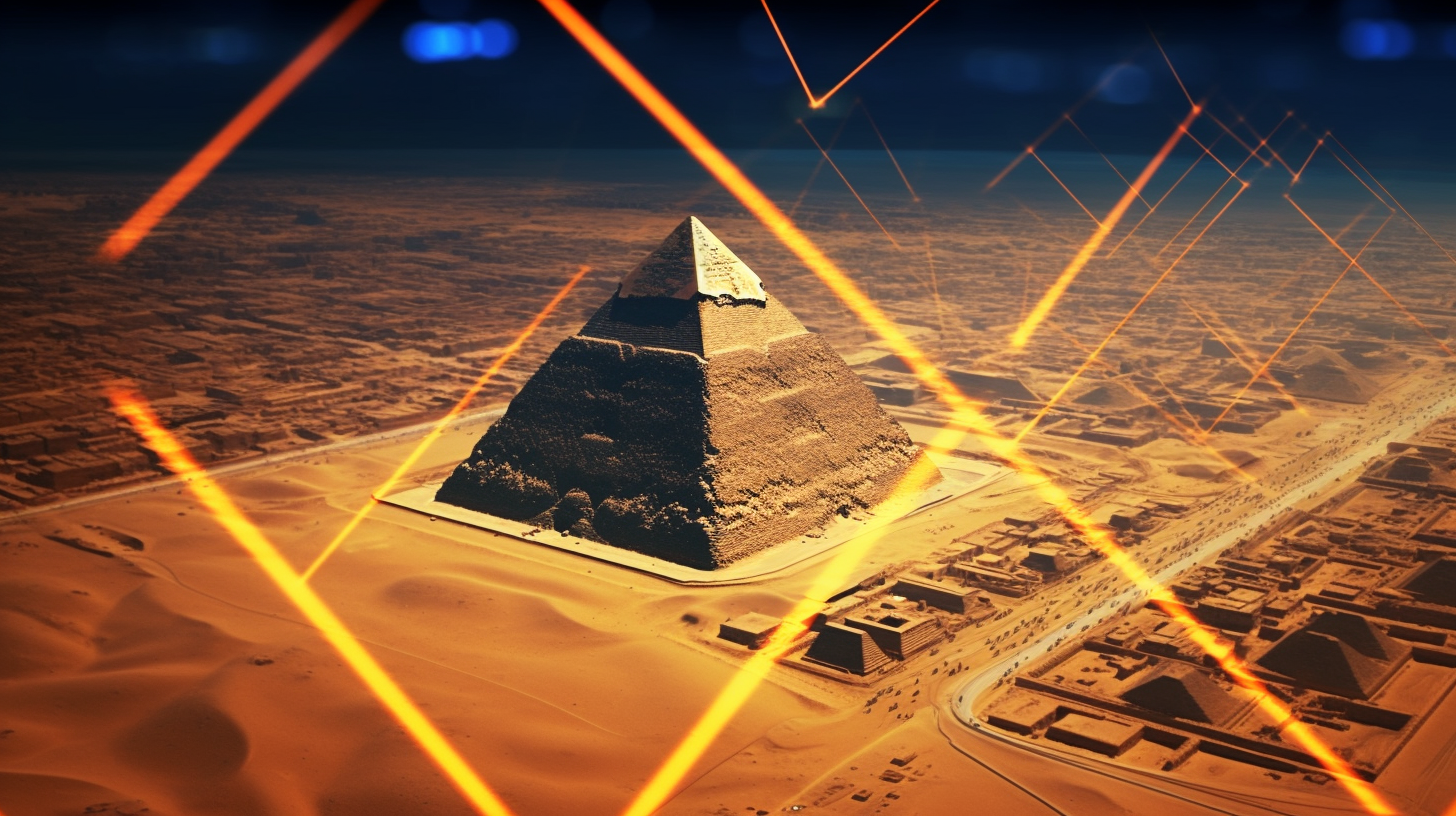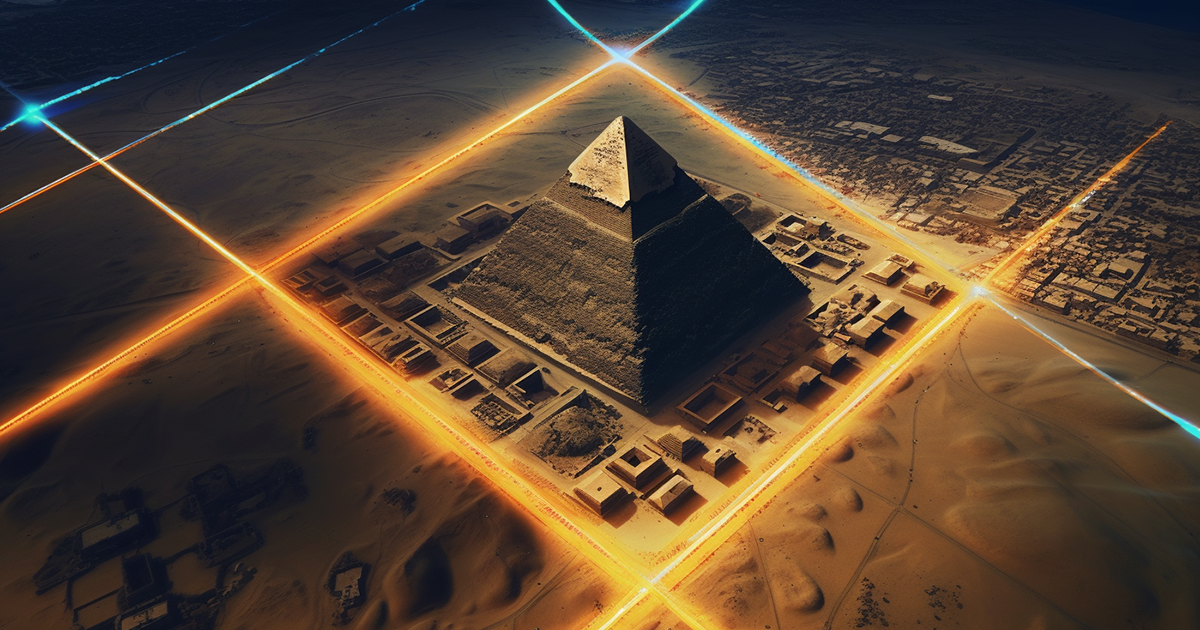In the heart of Chichen Itza, Mexico, in August 2015, a remarkable discovery sent shockwaves through the archaeological community. A sinkhole, concealed beneath the awe-inspiring 1,000-year-old El Castillo temple, raised concerns about the temple’s stability.
This event triggered extensive investigations, leading to the unveiling of an extraordinary secret buried within the confines of the pyramid.
It turns out that the El Castillo temple is not just a singular pyramid but a series of nested structures, reminiscent of Russian nesting dolls. These structures showcase an intriguing repetition of design features, construction methods, and unit measurements that persisted through the ages.
It’s as if an ancient blueprint guided the construction, compelling ancient builders to recreate these structures time and again.
The phenomenon of nested pyramids isn’t unique to Chichen Itza; it also emerges at the Great Pyramid of Cholula near Mexico City and Djoser’s pyramid in Saqqara, Egypt.

The question that arises is why ancient civilizations across the globe felt compelled to rebuild these structures repeatedly. Did they share a common inspiration, and could this be connected to something larger—an enigma that still eludes our understanding?
The concept of extraterrestrial involvement in the design and construction of these temples, as proposed by ancient astronaut theorists, adds a layer of intrigue to this mystery.
Could it be that these extraterrestrial architects had a specific purpose in mind, a purpose that remains concealed in the annals of history? If so, was there a technological function embedded within these architectural wonders?
As we dig deeper into this enigma, a broader pattern begins to emerge. Much like the ancient constructions strategically positioned along the ley lines of Europe, sacred sites worldwide seem to connect to a larger blueprint—a blueprint that traces its origins back to Ancient Greece.
Philosophers like Plato were adamant that these sacred places were deliberately positioned across the Earth, conforming to what they called a “world grid.”
The idea of a world grid gained traction in the 1960s when researcher Ivan T. Sanderson built upon Plato’s work, charting his own planetary grid. This grid, it was discovered, could be overlaid onto the Earth, with the Great Pyramid as the starting point.

Lines emanating from this pyramid formed a geometric pattern, a grid that intersected key locations around the globe.
Russian researchers, later on, conducted a comprehensive survey of large stone structures worldwide, numbering a staggering 3,300. Astonishingly, every single one of them aligned with this geometric pattern—the world grid.
Iconic sites like Stonehenge in England, megaliths in West Africa, the enigmatic Bermuda Triangle, pyramids in Mexico and Peru, Easter Island, and the mysterious city of Nan Madol all fit snugly into this grid.
What’s even more intriguing is the speculation among researchers that ancient cultures ingeniously interconnected their temples, creating a vast master circuit board. Each temple connected to another, forming a powerful network that amplified the energy of the entire system.
It raises the possibility that the specific placement of these temples was no coincidence but part of a grand plan, an ancient cosmic blueprint.
Video:
In summary, the astonishing discoveries beneath the El Castillo temple and the revelations of the world grid unveil a complex and interconnected tapestry of ancient architectural wonders. The questions persist: What was the purpose of these nested structures? Did extraterrestrial intelligence guide their construction?
And could our ancestors have harnessed an extraterrestrial electrical system, connecting sacred sites across the globe in a way that still mystifies us today? The unraveling of this enigma continues to captivate our imagination and challenge our understanding of history’s greatest mysteries.

18 thoughts on “Deciphering the Ancient Alien-Inspired Electrical System Linking Sacred Sites”
Comments are closed.